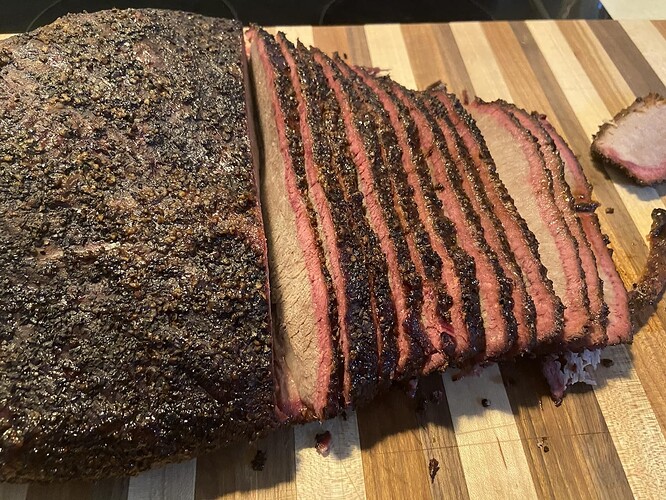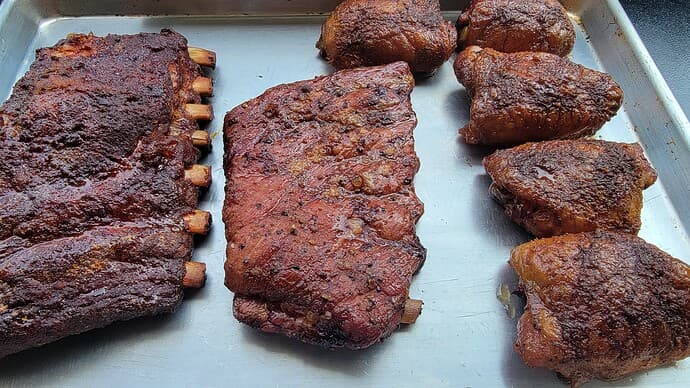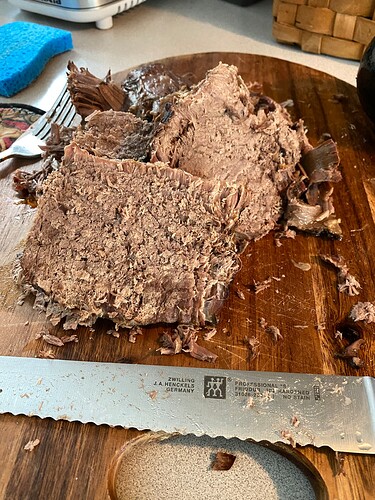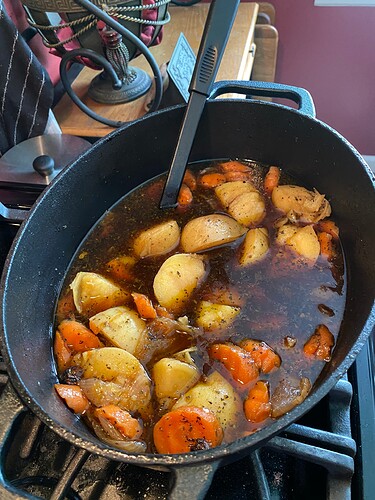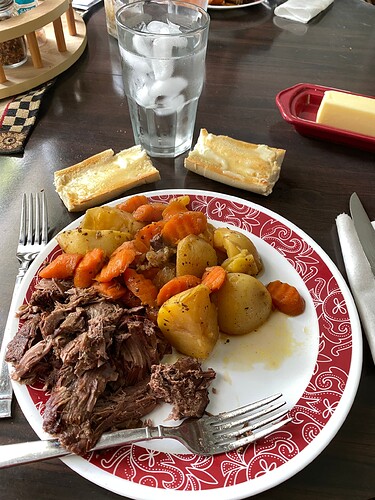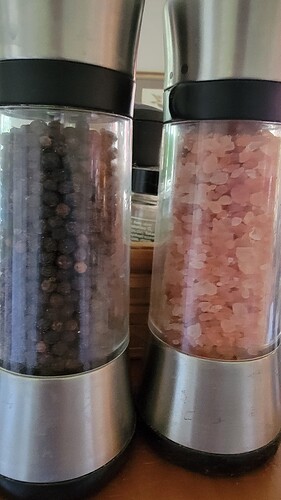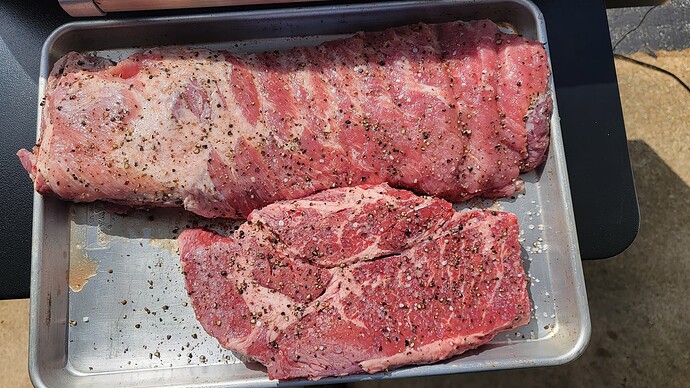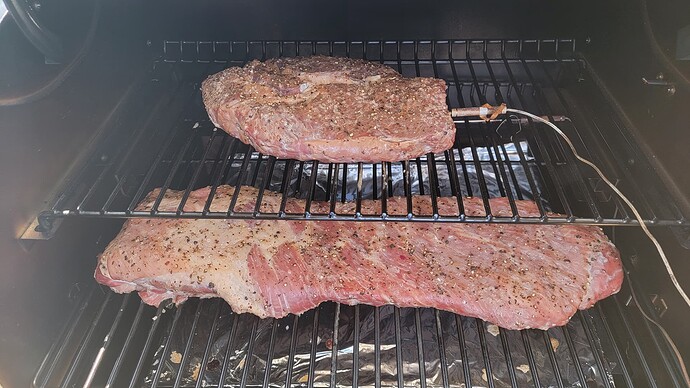I should have framed my question for @SthrnMixer better…my EVER inquisitive mind wanted to know the ‘science’ behind the formation of the ring! Did a quick search, and found the answer to be quite interesting,to me anyway ![]()
What Creates the Smoke Ring
The smoke ring is produced by a chemical reaction between the pigment in the meat and the gases produced from wood or charcoal. When burned, these organic fuels produce nitrogen dioxide gas. This gas infuses into the surface of the meat as it cooks surrounded by the smoke. It reacts with water in the meat and produces nitric oxide.
Myoglobin is the iron-containing purple pigment in meat. When meat is exposed to air, it reacts with oxygen to develop a bright red color that you might think is blood, but isn’t. The red or pink color of raw meat is due to this oxygenated myoglobin. When cooked, or exposed to air for a longer duration, it turns brown as the oxygen escapes (basically, the iron in the myoglobin rusts).
But when myoglobin is exposed to nitric oxide, it binds to the myoglobin and blocks oxygen attaching. This retains the pick color even when cooked. The nitric oxide stabilizes the myoglobin and binds tighter than oxygen, preventing the production of the brown metmyoglobin forming with cooking.
Getting the Best Smoke Ring
Opinions vary on how to get a good smoke ring. Generally, water-soaked wood produces more nitrogen dioxide in the smoke than dry wood, but only by a small margin. The type of wood also matters in producing more nitric oxide. Charcoal briquets beat lump charcoal. Propane and electric smokers produce far less of the desired gases.
A wet, sticky meat surface will also hold more nitric oxide, so mopping or spraying the meat rather than cooking it dry will enhance the smoke ring. Or, a pan of water in the smoker keeps moisture condensing on the meat. However, you should avoid acidic components like vinegar or lemon juice as that can prevent the smoke ring from developing.
Removing fat from the surface of the meat also exposes the meat to the smoke and will allow more nitric oxide into the meat. Cooking the meat at low and slow temperature will allow the nitric oxide to penetrate more before the meat’s temperature is high enough to turn the myoglobin brown.
